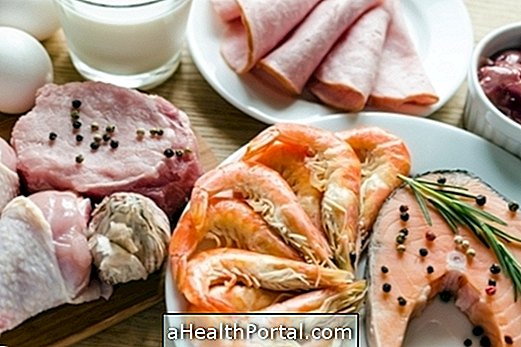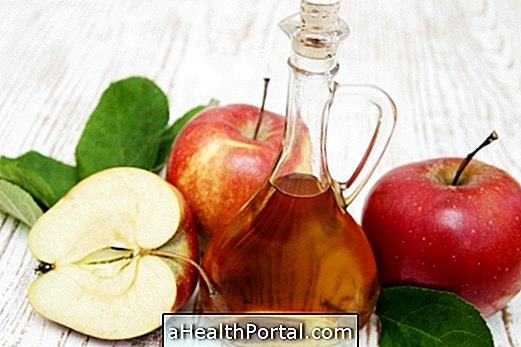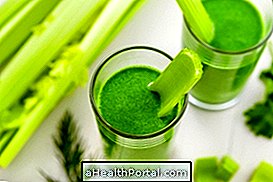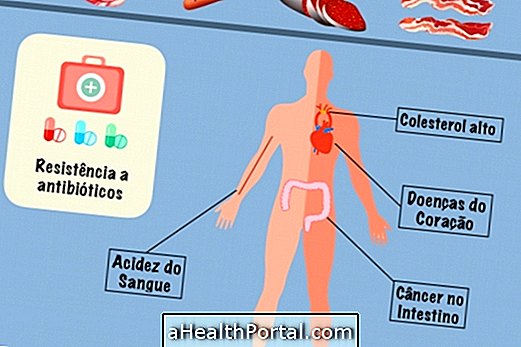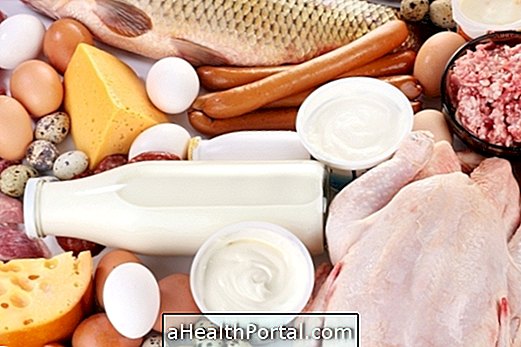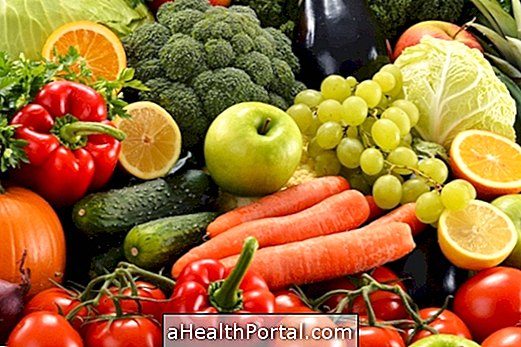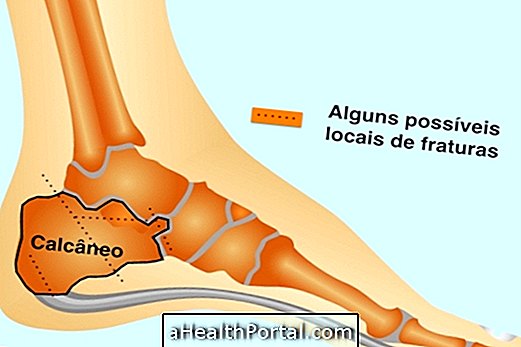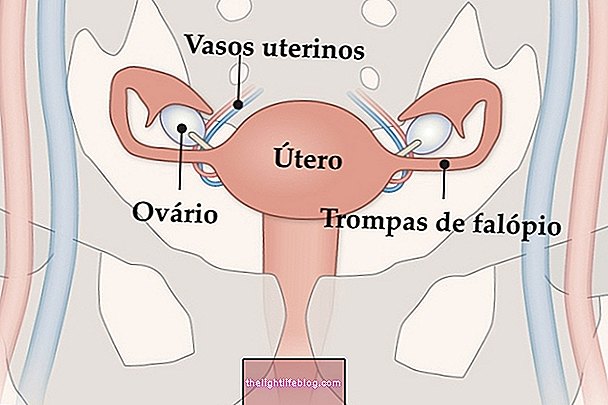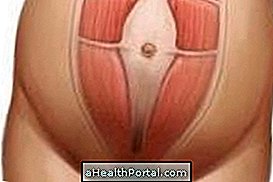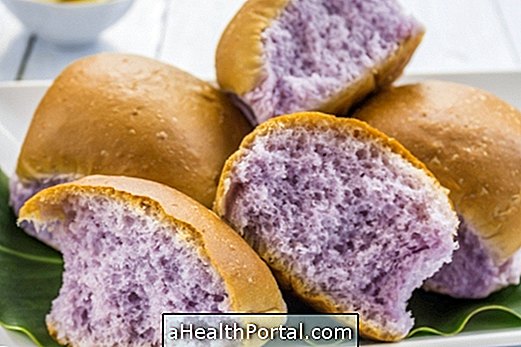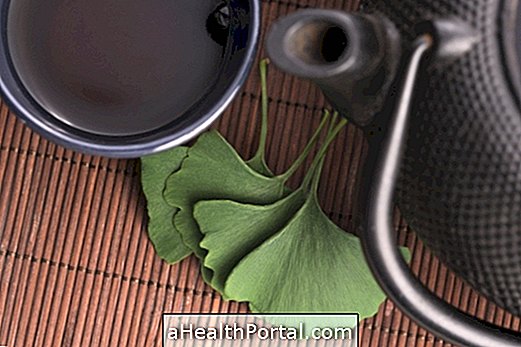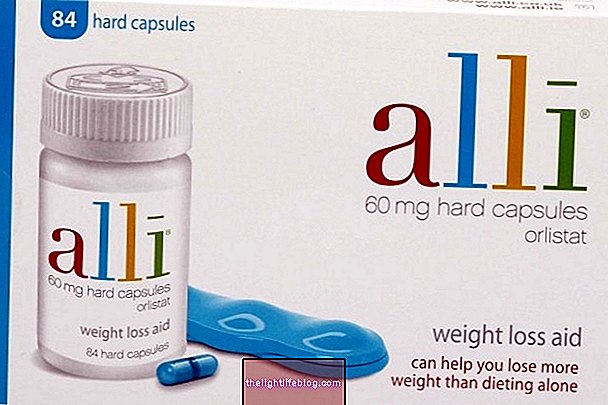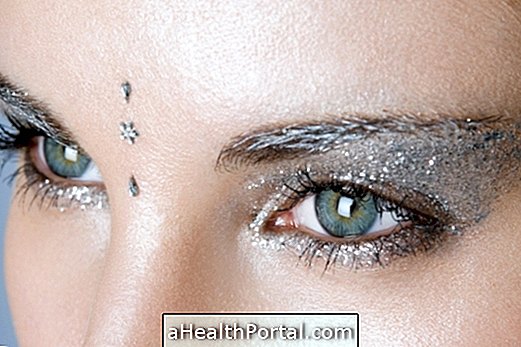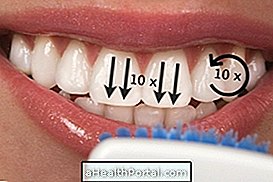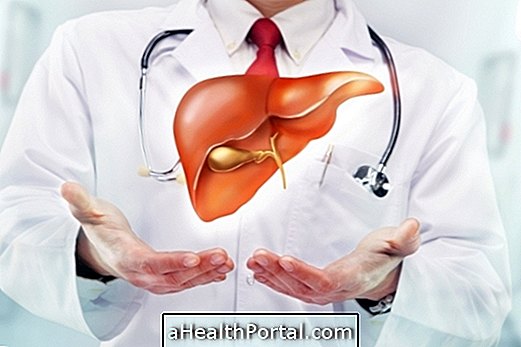The healthiest salt is one that has the lowest sodium concentration because it is responsible for the increase in blood pressure and for the swelling. Another important point to choose the best salt, is to choose the unrefined, which preserves the natural minerals and does not add chemicals, as in the case of Himalayan rose salt, for example.
The amount of salt that can be consumed per day is 5g distributed in all preparations of the day, which is equivalent to 5 packets of 1g salt or a shallow spoon of coffee. As not all salt has the same amount of sodium, check the table below which is the ideal salt to prepare meals:
Types of salt
| Type | Features | Amount of sodium | Use |
| Refined salt, plain or kitchen salt | Poor in micronutrients, it contains chemical additives and by law is added of iodine to combat the deficiency of this important mineral which is useful for the formation of thyroid hormones. | 400mg per 1g of salt | It is the most consumed, has a fine texture and easily mixes with the ingredients during the preparation of the food or in the food after it is ready. |
| Liquid salt | It is refined salt diluted in mineral water. | 11mg for each jet | Great for seasoning salads |
| Light salt |
It has 50% less sodium | 197mg per 1g salt | Ideal for seasoning after preparation. Good for hypertensives. |
| Coarse salt | It is healthier because it is not refined. | 400mg per 1g of salt | Ideal for barbecue meats. |
| Sea salt | It is not refined and has more minerals than ordinary salt. Can be found thick, thin or flaked. | 420mg per 1g of salt | Used for cooking or seasoning salads. |
| salt flower | It contains approximately 10% more sodium than the common salt, so it is not indicated for hypertensives. | 450mg per 1g of salt. | Used in gourmet preparations to add crunchiness. Must be put in small quantity. |
| Pink Himalayan Salt | Extracted from the Himalayan mountains and has marine origin. It is considered the purest of salts. Contains many minerals such as calcium, magnesium, potassium, copper and iron. Its use is indicated for hypertensive. | 230mg per 1g of salt | Preferably after the preparation of the food. It can also be placed on the grinder. Good for people with hypertension and kidney failure. |
Industrialized foods contain large amounts of sodium, even soft drinks, ice creams or cookies, which are sweet foods. Therefore, it is recommended to always read the label and avoid the consumption of products with amounts equal to or greater than 400mg of sodium per 100g of food, especially in the case of hypertension.
How to consume less salt
Watch the video and learn how to make a homemade herbal salt to reduce salt consumption in a tasty way:

Regardless of the salt used in the kitchen, it is important to use as little amount as possible. So to reduce your salt intake, try:
- Remove the salt shaker from the table;
- Do not put salt in food without first experimenting;
- Avoid consuming breads and industrialized foods, such as packet chips, french fries, powdered and diced condiments, ready-made sausages such as sausage, ham and nuggets;
- Avoid consuming canned foods, such as olives, heart of palm, corn and peas;
- Do not use ajinomoto or monosodium glutamate, present in English sauce, soy sauce and ready-made soups;
- Always use a coffee spoon to measure the salt in place of the bites;
- Replace salt with natural spices, such as onions, garlic, parsley, chives, oregano, coriander, lemon and mint, for example or, at home, grow aromatic plants that replace salt.
Another strategy to replace salt in a healthy way is to use gum, also known as sesame salt, which is low in sodium and is rich in calcium, healthy oils, fiber and B-complex vitamins.

